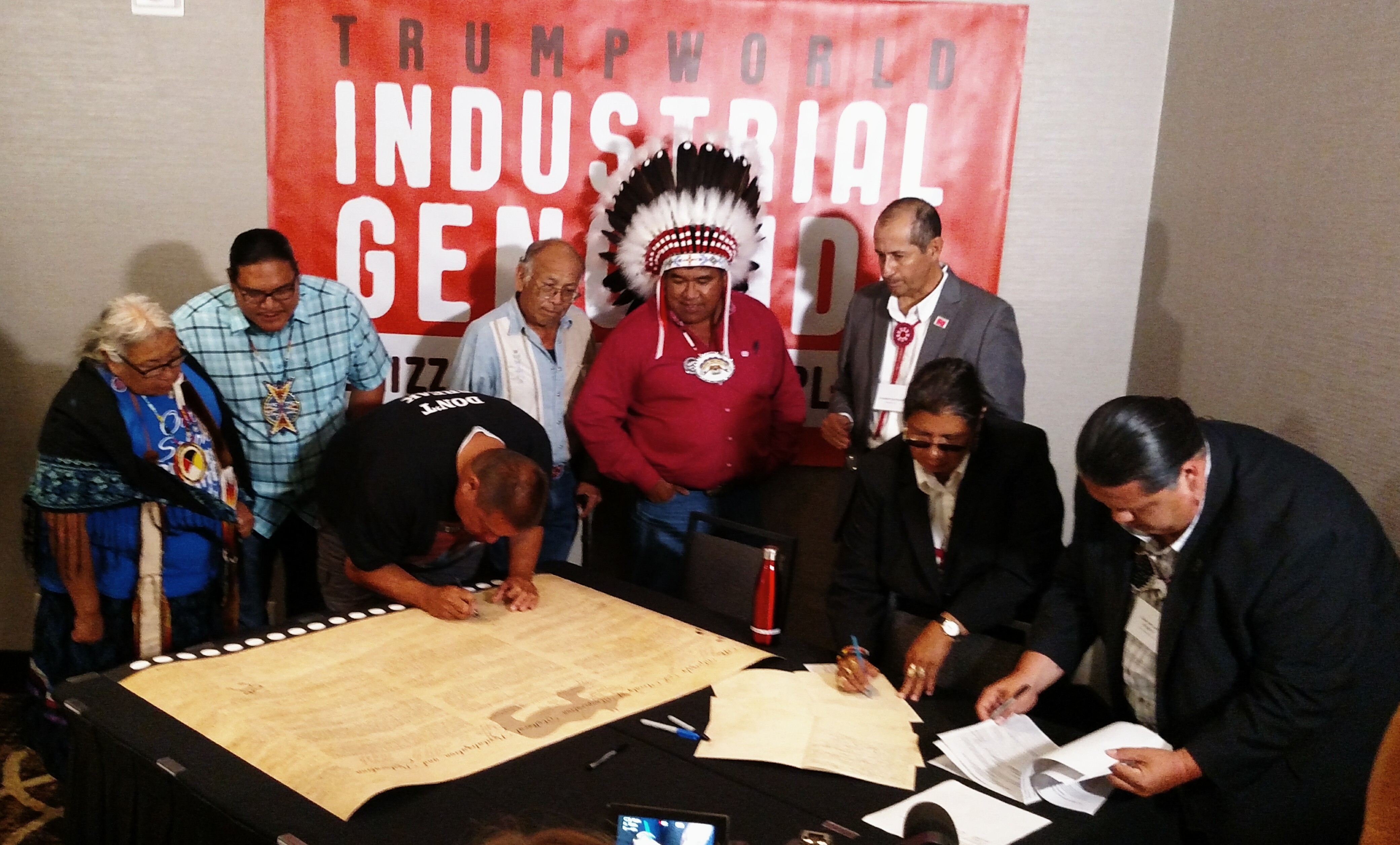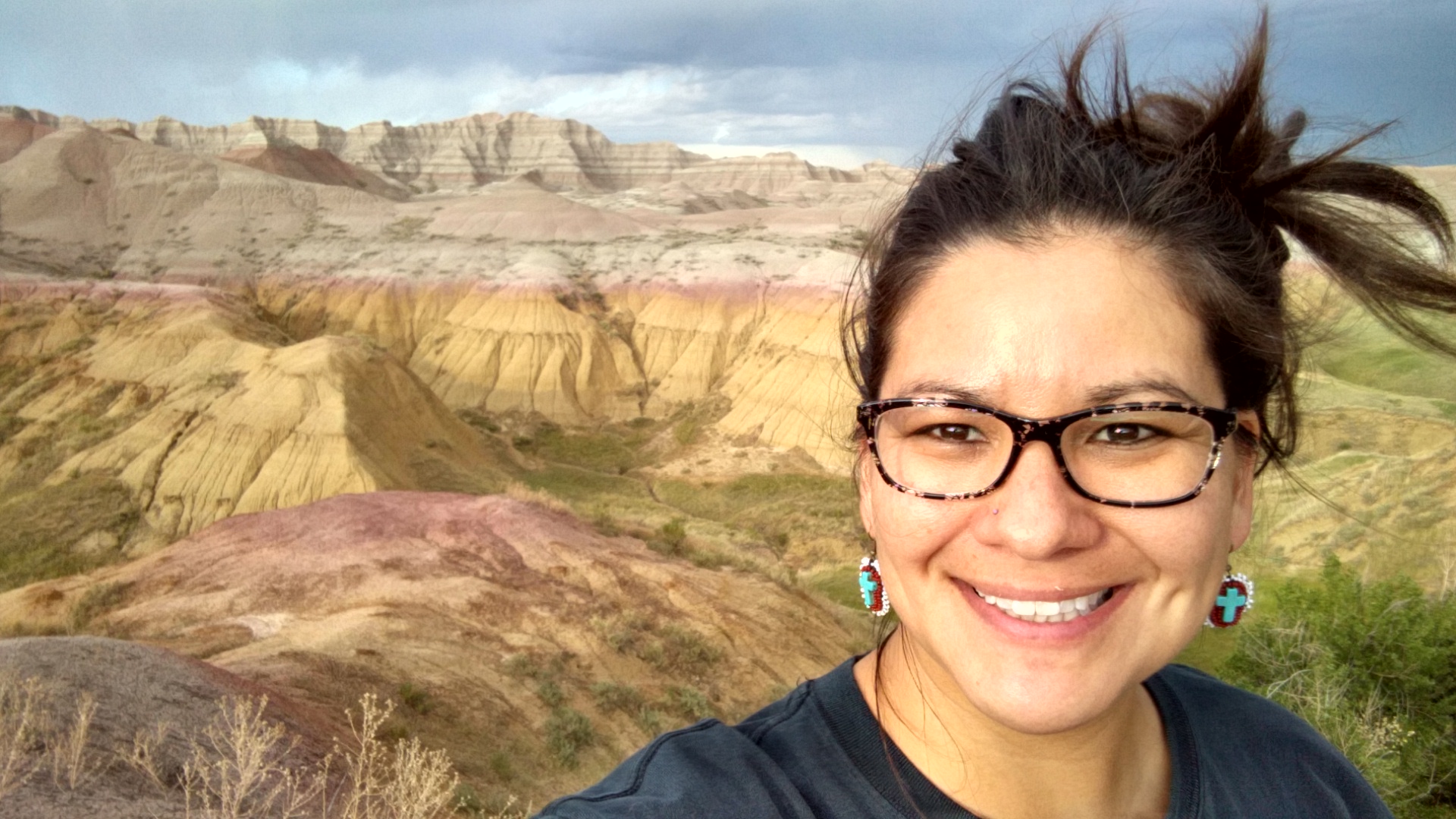Last year I was honored to visit the ancestral homelands of the Standing Rock Sioux, where water protectors put their lives on the line in defense of clean water and sacred lands in their fight against the Dakota Access Pipeline. The whole world was watching as water protectors from hundreds of Tribes around the world came together, united by their common purpose. A new kind of Tribal and Indigenous solidarity began at Standing Rock; that struggle drew together leaders and activists from Tribal communities into a powerful network of resistance that is only beginning to make its power felt.
Every Tribe has their own issues and concerns, and within Tribes there are always differences of opinion. But when Tribal communities come together around shared priorities, they are powerful. I caught a glimpse of that power recently when I attended a convening of Tribal leaders who came together around two issues impacting their communities: the delisting of the grizzly bear and the Keystone XL pipeline.
Over 80 Tribes came together on July 4th (with intentional symbolism) to sign a “Reclamation of Independence” treaty. Each Tribe that signed on to the treaty has both spiritual connections to the grizzly bear, and holds sacred lands that will be impacted by the Keystone XL pipeline. Different Tribes have different relationships with the grizzly - for the Crow Creek Sioux Tribe, the grizzly bear is considered a grandparent. In my Navajo cultural tradition, the grizzly is sacred, spanning the realms from the mountains to the stars. One thing all the Tribes in attendance had in common is that they do not wish to see grizzly bears trophy hunted into extinction.
Another commonality is that each Tribe represented at the recent summit holds sacred lands that will be devastated by the Keystone XL pipeline. The plan to build this pipeline was recently revived by the Trump administration despite the powerful movement of Native peoples and allies that stopped KXL in its tracks nearly two years ago. Now we’re fighting this battle yet again - it seems that every victory won by Tribes under the Obama administration is under threat from Trump.
The treaty signing was followed by a ceremony that reminded me of the deep spiritual significance of the grizzly bear in many Native cultures. The bear ceremony only happens on very special occasions, and Indigenous singers from Canada traveled all the way to the Rosebud Reservation in what is known as South Dakota to sing sacred songs that have never been sung in this nation before. As they sang I was reminded that though Tribes and Indigenous peoples have different cultural practices and traditions, they are all united in the struggle for sovereignty, and our international network of solidarity is creating connections and opportunities to struggle together that didn’t exist just a year ago.
After the treaty signing, I was inspired to have a ceremony of my own. Far away from my own home in Texas, I took the opportunity to visit the Badlands, which are sacred to Sioux peoples. As I walked these lands I sang and prayed to myself, remembering the peoples who walked these lands before colonization, and praying on the future for Native peoples. I was nearby Wounded Knee, where hundreds of Lakota women, men and children were slaughtered only 127 years ago. I chose not to visit Mt. Rushmore, where the sacred Black Hills were desecrated to create a memorial to American presidents.
Just like with Standing Rock, Tribal peoples need the support of other communities to help lift up our voices. The Keystone pipeline threatens our shared global climate, and access to clean water for millions of people across the United States. Folks in and out of Native communities can agree that the majestic and intelligent grizzly bear is sacred; as Lee Wayne Lomayestewa, Chief of the Hopi Bear Clan said at the Grizzly Treaty signing, “The grizzly bear is not a trophy for the affluent to kill for ‘sport’.” Show your support for Native communities struggling to protect our land, water, air and endangered species like the grizzly by sharing this post on social media, and by showing up in solidarity with the struggles of Native peoples in your own local communities.